
Even the sun has spots. But this is unlikely to reassure you when your skin acquires such a flaw. With the arrival of spring, under the influence of ultraviolet radiation, the problem worsens even more. Pigment spots on the face and body are associated with impaired production of melanin (coloring pigment). What to do: stock up on foundation or run to the doctor? Together with boOmbate, we will understand the reasons for the formation of age spots and ways to combat them!
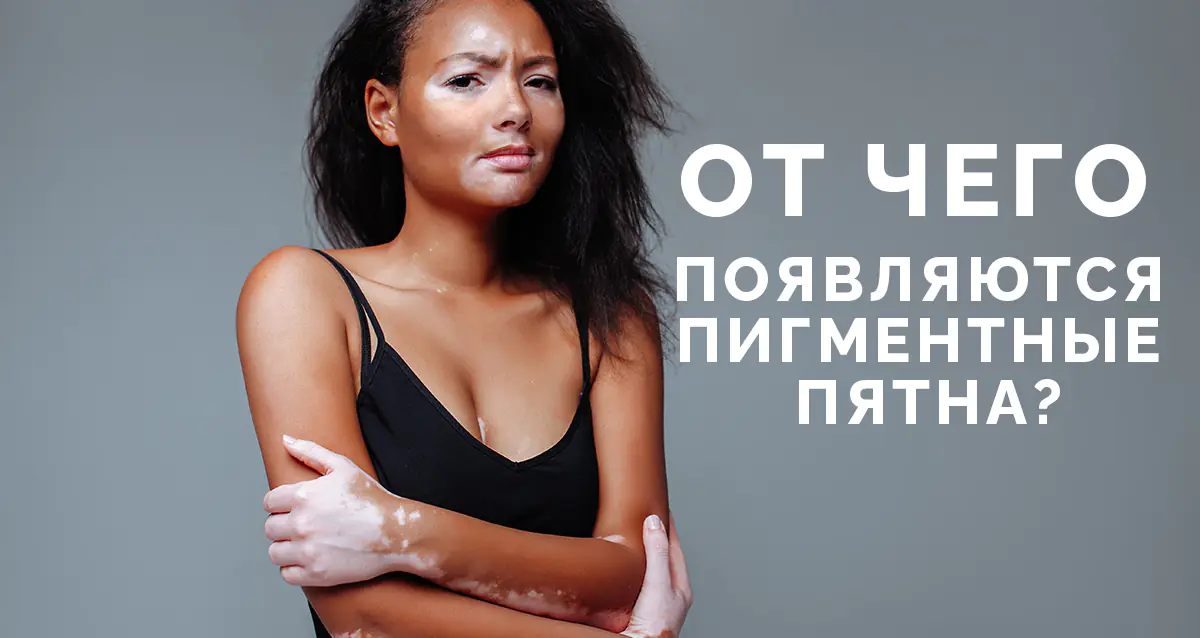
This is a cosmetic defect, the appearance on the skin of oval, flat spots from light brown to dark brown as a result of age-related changes, insolation, hormonal imbalance and a number of other reasons. In scientific terms, this is hyperpigmentation (increased concentration of pigments), excessive coloring of certain areas of the skin.
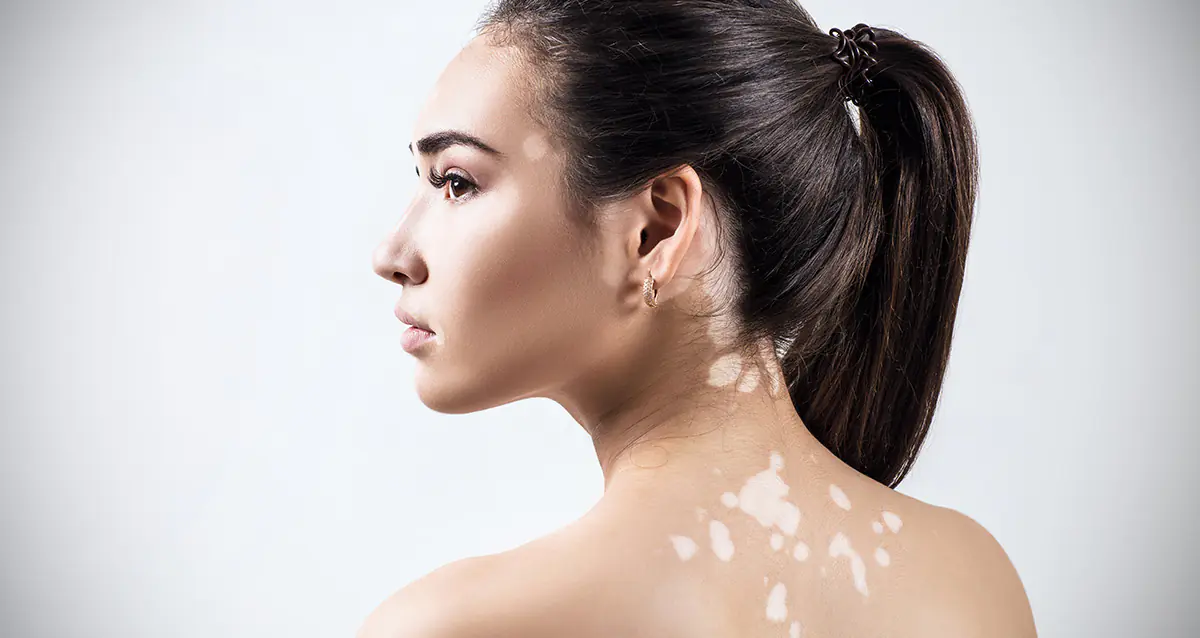
Our skin produces pigments: melanin, melanoid, carotene, reduced hemoglobin and oxyhemoglobin. These 5 components are responsible for the color of the skin. Melanin plays the main role here - it protects against harmful UV rays. There are cases of its increased synthesis, which leads to the formation of hypermelanosis - the so-called pigment spots. They may be congenital or acquired. Often accompanied by roughening of the skin, increased visibility of blood vessels, dryness and wrinkles.
- prolonged exposure to active sunlight - ultraviolet radiation promotes increased melanin production;
- frequent stress, nervous and mental disorders;
- heredity;
- disorders of the thyroid gland;
- liver and gallbladder diseases;
- problems in the field of gynecology;
- pregnancy (in most cases, you don’t have to put up with such age spots for a long time - they disappear soon after childbirth);
- lack of vitamin C;
- imbalance of hormones associated with taking hormonal drugs (oral contraceptives, antimicrobial agents, cytostatics);
- skin diseases, burns and damage to the integument;
- use of a number of cosmetics.

Age spots can be divided into several types:
- Brown (melasma, chloasma). They appear during menopause in women, as well as during pregnancy. Associated with impaired melanin production.
- White and red pigment manifestations. They can mainly appear after suffering red lichen, mostly in women aged 40 to 60 years.
- Pink pigment spots. A common cause of such spots is pityriasis rosea. Manifests itself in the form of scaly rashes.
- Lentigo. As a rule, these are brown or dark brown spots that protrude slightly above the skin. They have an oval or round shape ranging in size from a small dot to a small coin. Among them are solar lentigo and age-related (senile). Solar lentigo appears as a result of long exposure to ultraviolet radiation. Mostly young people who spend hours under the scorching sun on the beach are susceptible to such spots. Another category of cosmetology clinics that address this problem are solarium lovers. Localization: such pigment spots can be seen on the shoulders, chest, hands and neck. Senile lentigo appears in old age (sometimes after 40 years), it is often called “senile ripples” or senile keratomas. Their appearance is mainly due to a slowdown in metabolism. Against the background of hormonal changes during menopause, there is a sharp increase in the number and intensity of pigment spots. Localization: such pigment spots can be seen on the forearms, face, décolleté, and upper back. They are very difficult to decoratively disguise. In the case of lentigo, mechanical and chemical peels help, exfoliating the upper layer of the epidermis.
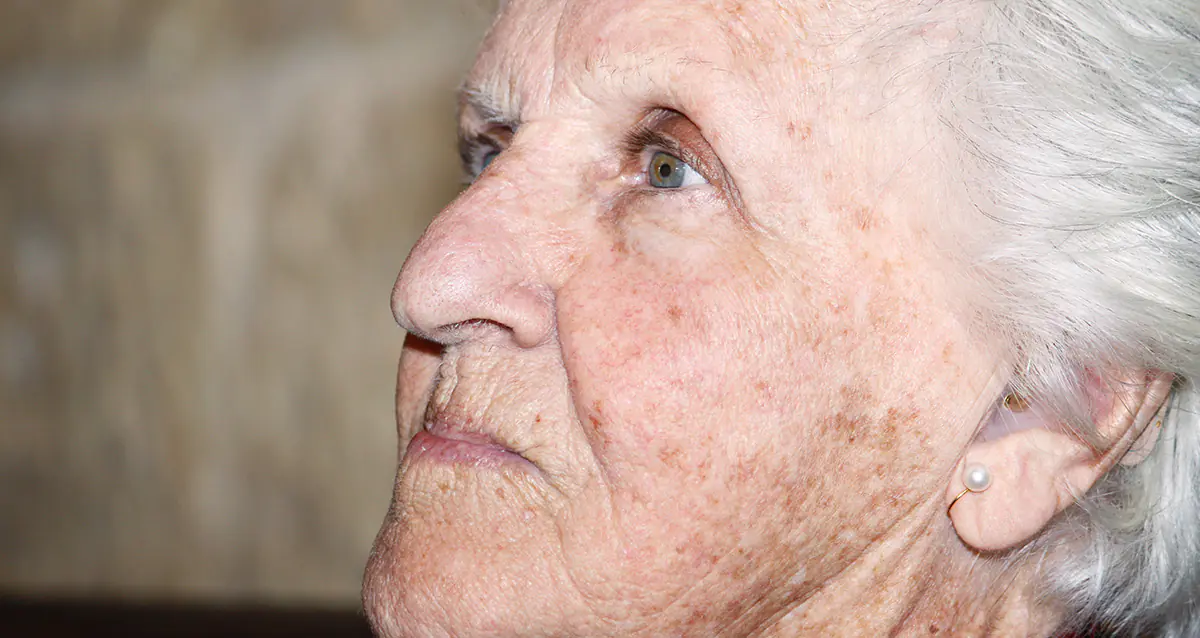
- Freckles (ephelids) - pigment spots on the arms, face and chest with clearly defined boundaries. This is a particularly pressing problem for people with very fair skin, blondes and redheads. This type of age spots has a hereditary factor and depends on the time of year: in autumn and winter, when the sun is a rare occurrence, freckles are hardly noticeable, and in spring and summer the intensity of their color increases, as does the number of freckles themselves. The size and shade of freckles can vary: from large brown to light-colored, barely noticeable. The first freckles can appear at the age of 4-6, and after 30, the number of such elements on the skin decreases sharply. The danger of such age spots is very low: freckles do not pose a threat to the body, and many girls do not consider them a cosmetic defect at all, but even, on the contrary, an adornment. But if freckles still become the cause of your psychological discomfort, it doesn’t matter. They can be discolored using bleaching creams, and a sunscreen lotion with a high SPF filter will prevent them from appearing in the sun (read how to choose SPF protection here). Such age spots can be erased using chemical (fruit or lactic acid) and Hollywood peeling, since their depth is minimal.

- Chloasma. These are the largest pigment spots on a large area of the skin. Most often they are the result of a hormonal imbalance in the body (at the beginning of the menstrual cycle, menopause, taking hormones or oral contraceptives). Mostly appear on the face of young women. Chloasma is characterized by an irregular outline and a tendency to merge into one large spot of an intricate shape. Sometimes such pigmentation can affect the skin of the ears and neck, and insolation only aggravates the situation - prolonged exposure to the sun leads to an increase in the scale of the problem. Prolonged use of aromatic oils and hormone-containing local preparations can also provoke the formation of age spots and intensify their manifestations. After their cancellation, chloasma, as a rule, disappears on its own.

- Nevi - moles or so-called birthmarks, which are accumulations of melanocytes filled with melanin. This is the most common type of pigmentation and is distinguished by its black or yellowish-brown color. Moles can be either convex or smooth and have defined edges. Nevi appear for the same reason - as a result of uneven distribution of melanin. Every person has a small number of moles, including congenital ones. But if there is a tendency towards their growth or painful sensations, then you should pay attention to this. A pigment spot can develop into a malignant neoplasm - melanoma. Inflammation, changes in shape and color, pain and superficial ulcers may indicate this process.

- Post-acne. These are nothing more than pigment spots that remain in the place of former acne and inflammatory skin processes. Most often, post-acne torments young people suffering from acne. Acne marks go away on their own after a long time. But if the problem does not solve itself, then it can be dealt with using cosmetic procedures.
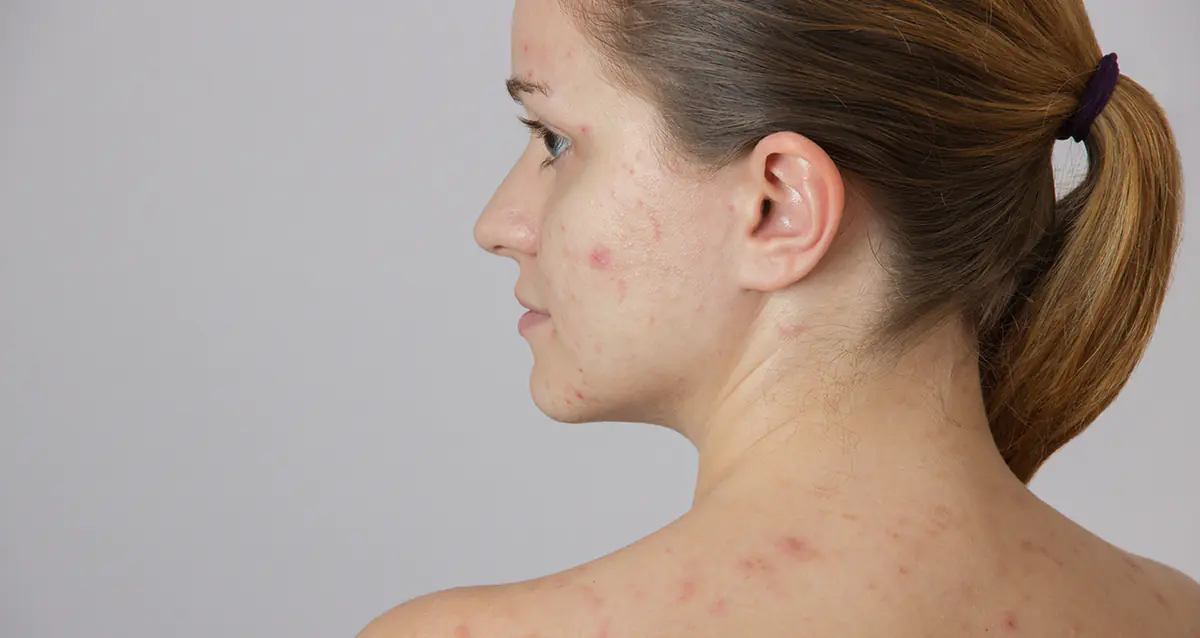
- Skin hypopigmentation. These include vitiligo and albinism, in which melantocytes are completely or partially absent from the skin (i.e., it becomes discolored). These are rare pathological skin conditions that are very difficult to treat. The phenomena are still poorly understood and their causes are not known for certain. This type of age spots has increased sensitivity to the sun - hypopigmented skin should be hidden from ultraviolet radiation, as there is a high risk of burns and the development of oncological processes.
Before contacting a cosmetologist and bleaching, you should check the pigmentation for its quality with a doctor. Particular attention should be paid to spots with a tendency to grow and painful sensations. And only if indicated, skin imperfections can be corrected. For this, advanced procedures are used that are provided by clinics and beauty salons:
- Laser skin resurfacing. The laser removes the top layer of skin painlessly, acting locally on pigmented areas. The beam destroys melanin, causing the problem area to become lighter. After a few days, the skin peels off, leaving behind a layer of normal color.

- Peelings. Chemical peeling based on fruit acids, such as almond, has an excellent effect against age spots. In addition to the exfoliating effect, fruit acids also have a regenerating effect. Unlike laser technologies, peelings are much cheaper, but give a less pronounced effect.
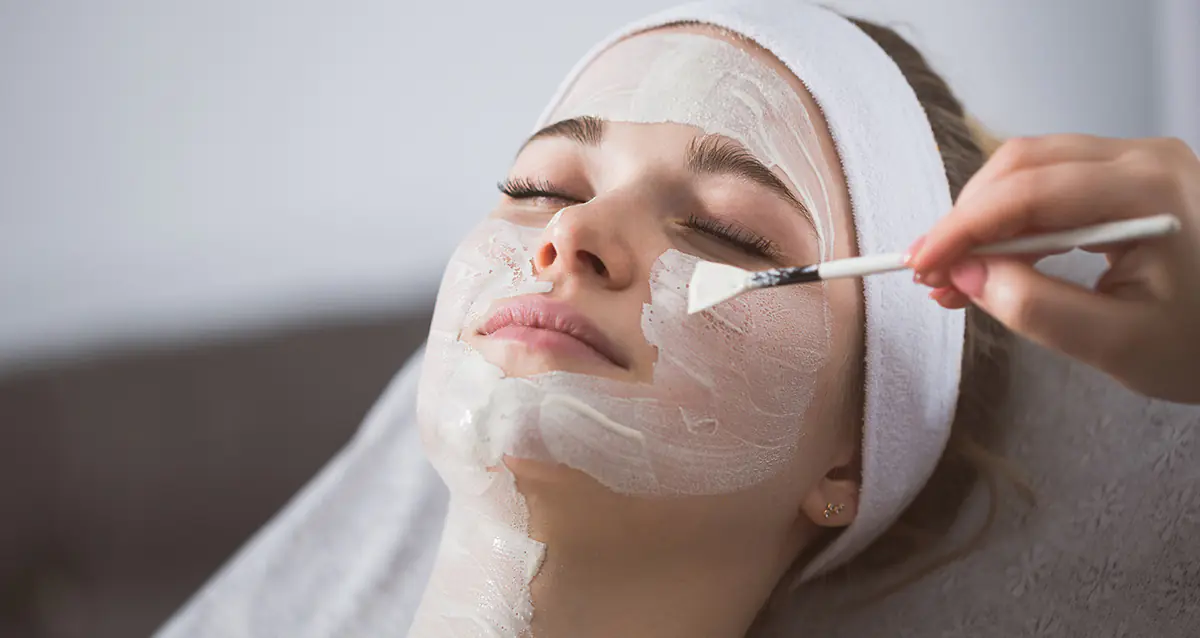
As the main coloring component of the skin, hair and eyes, melanin plays a critical role in the formation of the body's protective barriers in the fight against harmful ultraviolet radiation, and disruption of the synthesis of this pigment can have serious consequences for both the skin and the entire body.
Depending on the characteristics of the disorders and malfunctions that occur or have occurred in melanocytes (cells that produce melanin), age spots can be either brightly colored or completely devoid of any pigment. These phenomena are called hyper- and hypopigmentation. At the same time, hyperpigmentation is more widespread on the planet and better studied.
Various factors can provoke the appearance of age spots in a healthy person. Among them:
- ultraviolet radiation;
- disturbances in the functioning of internal organs;
- hormonal imbalance;
- mental and psychological disorders.
Of all the above, the main factor in the formation of increased skin pigmentation is, of course, ultraviolet radiation. Prolonged exposure to the scorching sun contributes not only to the appearance of a characteristic tan, but also to sunburn. Tanning is the skin's response to harmful radiation: the accumulation of melanin in the skin creates a kind of barrier that prevents ultraviolet radiation from penetrating the tissue. In some cases, when the skin “burns,” the accumulation of melanin occurs unevenly, causing some areas of the skin to tan more intensely. In this case, a characteristic uneven tan occurs.
Fortunately, tanning is a type of pigmentation that fades over time. However, systematic exposure to ultraviolet radiation on the skin for several years in a row leads to the formation of a stable excess of melanin in certain areas of the skin, as well as to the formation of so-called “senile” pigment spots. It is more difficult to deal with such spots; they practically do not go away on their own.
Other factors that provoke the accumulation of melanin in skin cells are less common, but more dangerous for the body. In particular, sometimes the appearance of pigment spots on the face and body can be a symptom of serious hormonal disorders or disturbances in the digestive tract.
In cases where increased pigmentation is a consequence of disturbances in the functioning of internal organs or the nervous system, comprehensive treatment of the underlying disease should be carried out. As a rule, when the root cause is eliminated, age spots go away on their own within some time.
If hyperpigmentation is the result of prolonged ultraviolet exposure, it is advisable to carry out various cosmetic procedures, the action of which is aimed at lightening excessively colored areas of the skin by destroying excess pigment. Such procedures primarily include laser therapy, including selective removal of pigment spots, when only the colored area of the skin is exposed to laser radiation.
Often, to eliminate increased pigmentation, injection methods of active drugs are used. Mesotherapeutic needling of areas with increased pigmentation has proven itself very well in this regard; in addition, ozone therapy is used for the same purpose.
The most effective remedies for sunbathers.
Dark spots appearing on the skin spoil the appearance and add years. The life hacker figured out where this scourge comes from and how to restore a healthy, even color to your face.
What are pigment spots
Hyperpigmentation is an uneven distribution of melanin pigment in the skin (in fact, it is what gives the skin its color). If you have freckles, you are familiar with this situation: genetically, in certain areas of your skin, there are clusters of Freckles: Remedies, Causes, and More cells that produce more melanin than others.
But freckles look cute and have been present since childhood, that is, their owners have time to get used to their feature. Pigment spots are a completely different matter. They often appear suddenly, have a large, uneven shape, and require dense foundation to disguise, which is not suitable for everyone.

uphairstyle.blogspot.com
The cause of spots is a failure, as a result of which some skin cells begin to produce more melanin than before. Hyperpigmentation itself is not harmful. What Causes Increased Skin Pigmentation? . But it is a symptom of certain changes that have occurred in the body. Which, in turn, can be either neutral from a health point of view or quite dangerous.
What causes age spots to appear?
Malfunction of skin cells most often occurs for the following reasons: 5 possible causes of pigmentation problems.
1. Excessive exposure to ultraviolet radiation
Ultraviolet light irritates melanocytes, the skin cells responsible for the production of melanin. Normally, this results in the appearance of an even tan. But if you stimulate cells with active sun often and a lot, some of them “go crazy” and begin to produce melanin day and night in massive doses.
Pigment spots are frequent companions of fans of solariums and tanning.
2. Skin injuries, including sunburn
Tanning is actually a defense mechanism. With the help of melanin, our body protects itself from ultraviolet radiation that kills it: this dark pigment creates a kind of barrier around skin cells that scatters dangerous UVB rays.
Areas where the skin is damaged, from the body's point of view, need maximum protection. This is why melanocytes go into maximum activity mode, and damaged skin (it doesn’t matter if you scratched your knee or took a walk in the sun and now your nose is peeling) darkens much more vigorously than neighboring areas.
3. Hormonal changes
Melanin production is also regulated by hormones. Pregnancy, taking birth control pills, and some endocrine diseases can change hormonal levels. As a result, age spots appear.
4. Age
Over the years, the skin becomes thinner and melanocyte cells in some areas of the skin appear almost at the surface. If in youth and youth the small doses of melanin they produced were hidden under a layer of skin and were invisible, then closer to old age they appear. This is how age spots appear.
5. Taking certain medications
For example, tetracycline antibiotics, retinoids and drugs for Hyperpigmentation chemotherapy.
6. Malfunctions of internal organs
Where to start treating age spots
What doctors do not recommend is self-medication. It is justified only if you know exactly where the stain came from. For example, if pigmentation appears at the site of a burn.
The right decision is to go to a dermatologist with your spots. He will examine your skin, ask about your lifestyle and medications, and look at your medical record to check for comorbidities. In some cases, you may be asked to have a biopsy to rule out the risk of developing melanoma.
Remember one thing: there is no point in treating age spots until you know the reasons for their appearance.
If pigmentation is associated with internal problems of the body, you first need to cure them. Otherwise, spots will appear again and again.
How to get rid of age spots
But let’s say that everything is fine with your “inner world”, and the spots appeared for generally harmless reasons. In this case, you can start fighting with them.
In fact, there are only two ways to get rid of age spots.
Make skin tighter and fuller
The goal is to increase the skin layer above the melanocytes, hiding the pigment. This can be achieved as follows:
- Carefully approach the choice of everyday cosmetics. You need products that provide a powerful moisturizing and nourishing effect.
- Establish a drinking regime so that the body in general and the skin in particular receive the required amount of fluid.
Remove age spots
This can be done in different ways: from simple (and, unfortunately, not that effective) at home to professional ones. Lifehacker arranged the options in order of increasing efficiency.
Absolutely all methods injure the skin. Therefore, when fighting age spots, it is important to avoid the sun or use a cream with SPF-50.
Otherwise, you will not win, but will only worsen the pigmentation.
Hence an important recommendation: it is best to begin the fight against unaesthetic stains in the fall. This way, injured skin is less likely to encounter direct sunlight.
1. Whitening creams and ointments
Such products contain hydroquinone and retinoic acid - substances that provide light peeling to the skin and accelerate cell regeneration. Do not buy such drugs yourself. Consult a dermatologist to avoid possible skin irritation.
2. Whitening masks
Similar cosmetics can be found in supermarkets and pharmacies. But many people also use homemade masks made from available products.
The main secret of effectiveness: the mask must contain acid.
Below are several recipes for such masks, which are highly praised on various forums.
Yeast mask with lemon
Dilute 20 g of yeast with 1 tablespoon of warm milk. Add a teaspoon of lemon juice. Apply the mixture to your face for 10 minutes, rinse thoroughly. Some people recommend applying a cold compress (gauze soaked in cold water) after the mask to soothe the skin.
Whitening mask with lemon and honey
Mix freshly squeezed lemon juice with honey in a 1:1 ratio. Apply to a cleanly washed face, rinse with warm water after 20 minutes.
Whitening kefir mask
Sour milk and unsweetened yogurt are also suitable. Just apply kefir to the area with age spots for 15-20 minutes. Rinse with water and a couple of drops of lemon juice to remove the oily film from the skin.
3. Mesotherapy
This is the name for subcutaneous injections of special whitening preparations. The same cream, but more effective. In one procedure you can seriously lighten a pigment spot, but it will take several sessions to completely get rid of it.
4. Microdermabrasion
Many people try to get rid of stains using scrubs. Microdermabrasion is basically the same scrub, but instrumental. Using a special attachment, the cosmetologist “polishes” the skin, removing the top layer damaged by pigment.
5. Chemical peels
The meaning of the procedure is to apply a chemically active composition to the skin, most often based on some kind of acid: glycolic, lactic, tartaric, malic, and so on. This composition allows you to dissolve and remove the surface layer of the skin in which the pigment has settled. In addition, peelings stimulate cell renewal. Such procedures can only be performed by a professional cosmetologist!
6. Laser therapy
A laser beam with a certain wavelength selectively acts on pigmented cells without injuring others. Under the influence of the laser, melanin is destroyed. This method is considered one of the most effective: if the area of pigmentation is not very large, you can get by with one procedure.



